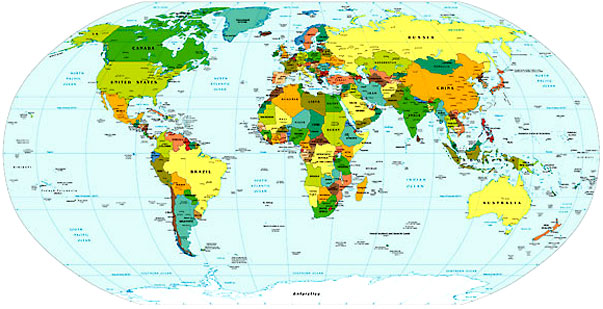 Now, don’t confuse it with the Dominican Republic, first things first. Dominica is so-named because Christopher Columbus discovered the island on a Sunday—Dominica being the Latin for Sunday. It’s actually a reasonable distance from the Dominican Republic, too, located in the Lesser Antilles. It’s meant to be a pretty young island—still being formed by geothermal-volcanic activity. That’s rather exciting.
Now, don’t confuse it with the Dominican Republic, first things first. Dominica is so-named because Christopher Columbus discovered the island on a Sunday—Dominica being the Latin for Sunday. It’s actually a reasonable distance from the Dominican Republic, too, located in the Lesser Antilles. It’s meant to be a pretty young island—still being formed by geothermal-volcanic activity. That’s rather exciting. I don’t know what they called it before Columbus’s Sunday morning sailing adventure, but before Chris came came along, the islands were first inhabited by Arawak people, and then Caribs, who drove the Arawaks out. These Caribs were pretty good at driving people out—the Spanish didn’t really settle there, as there was pretty fierce opposition from the Caribs.
Of course, we know that wasn’t going to last indefinitely. The French decided to change all that, and after France claimed Dominica, missionaries started to arrive. Again, the Caribs fought back and in 1660 the French, along with the British of St Vincent, decided to bail out. Dominica was neutral for the next century, at least officially. In reality both the British and the French liked to harvest its timber.
 And then France won out for a while, since Dominica’s between Martinique and Guadelope. But there was some back and forth between the British and French, and though the French tried to invade again twice, the island became a British holding in 1783. In the nineteenth century Dominica became part of the Leeward Island Federation—for a while. After 1936 the island was governed as part of the Windward Islands until 1958, and then took part in the West Indies Federation while it lasted. what next? Well, then Dominica stayed on its own, becoming an associated state of the UK and self-governing. 1978 saw independence. Independence!
And then France won out for a while, since Dominica’s between Martinique and Guadelope. But there was some back and forth between the British and French, and though the French tried to invade again twice, the island became a British holding in 1783. In the nineteenth century Dominica became part of the Leeward Island Federation—for a while. After 1936 the island was governed as part of the Windward Islands until 1958, and then took part in the West Indies Federation while it lasted. what next? Well, then Dominica stayed on its own, becoming an associated state of the UK and self-governing. 1978 saw independence. Independence!Since independence there have been a few problems—economic underdevelopment isn’t an easy state for the twentieth/twenty-first century nation. Especially when banana prices dropped in the 1990s. Stir in a few hurricanes, and voila! There was some work to be done. Obviously some of that will come from tourism—and Dominica is considered to have the most pristine wilderness of the Caribbean. I smell eco-tourism. Though it doesn’t have very many beaches. Good old offshore services have also helped. Of course, I don’t know how the economic crisis is affecting them,
Oh! Dominica is where Jean Rhys grew up. And if you’ve read Wide Sargasso Sea, her prequel to Jane Eyre, you’ve read a bit about Dominica. I read a bunch of Jean Rhys back in the day. I think it was the book Voyage in the Dark that had another Dominican girl in England—and her descriptions of how dark and cold London was compared with Dominica made me huddle up in a blanket, let me tell you.
While I was hunting around for a poem, I was interested to run into a book by the American poet Laurence Lieberman called The Creole Mephistopheles. Among the pieces in this book is “Mayhem and Romance in a Cropduster Fuselage.” Now it’s a long poem—featuring a drive along the coastline of Dominica—and I thought I’d just pull out a small segment of it.
from Mayhem and Romance in a Cropduster Fuselage
We’ve hugged coastline
for miles, cruising past
one premiere vista after another.
Winding in slow ascent
over the rise, we reach low coastal summit,
park, and step out to the bluff, steep precipice
overlooking the shore.
—Laurence Lieberman
from The Creole Mephistopheles


No comments:
Post a Comment